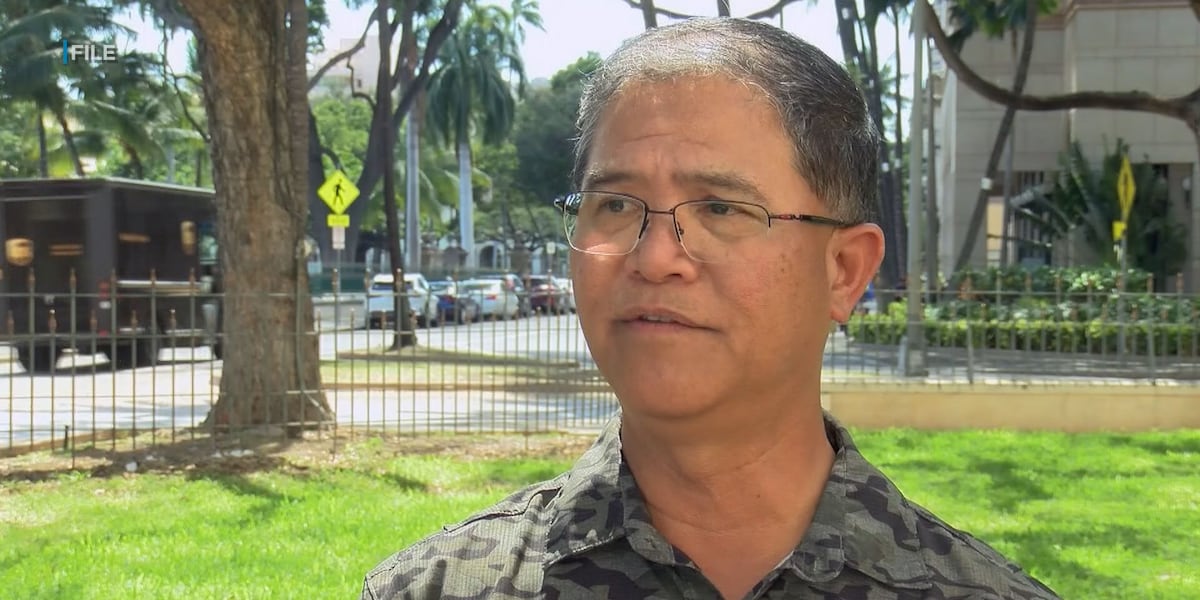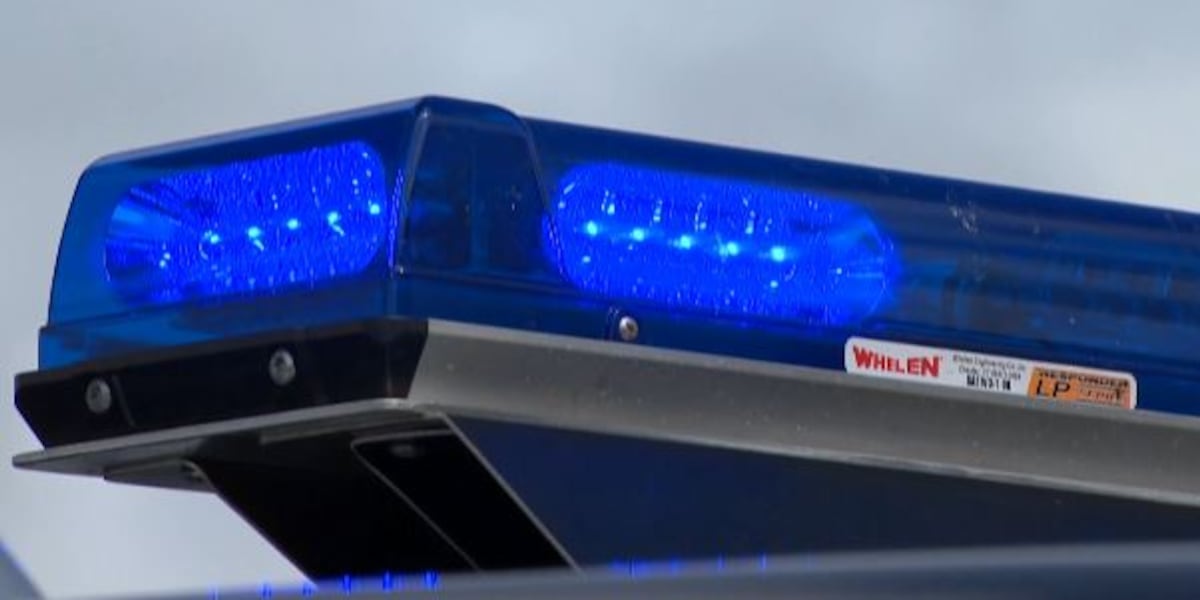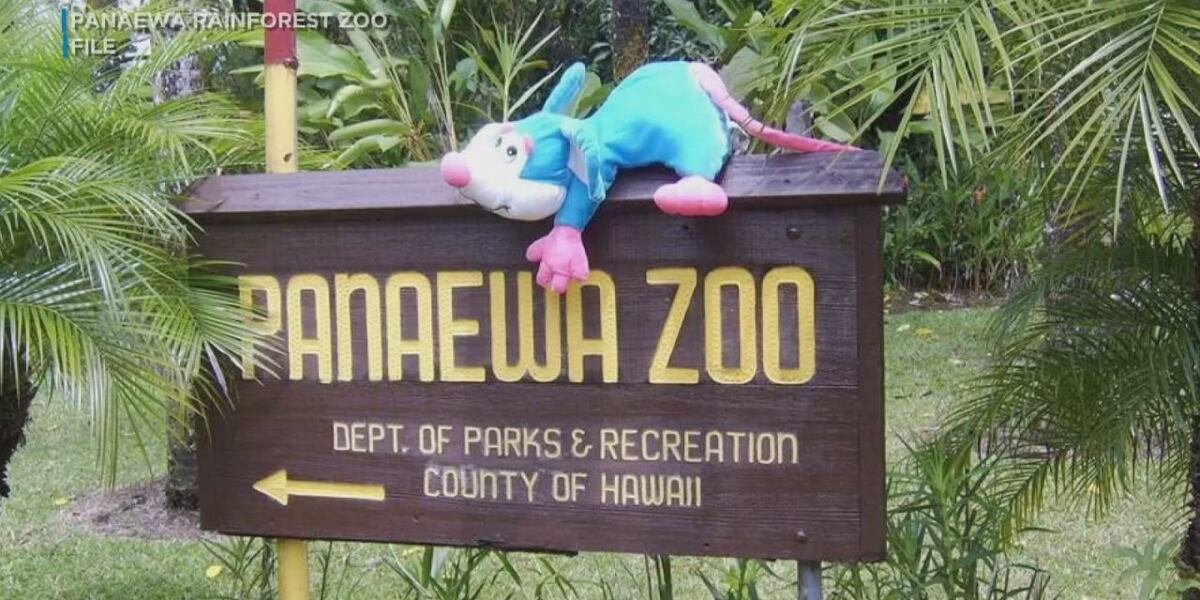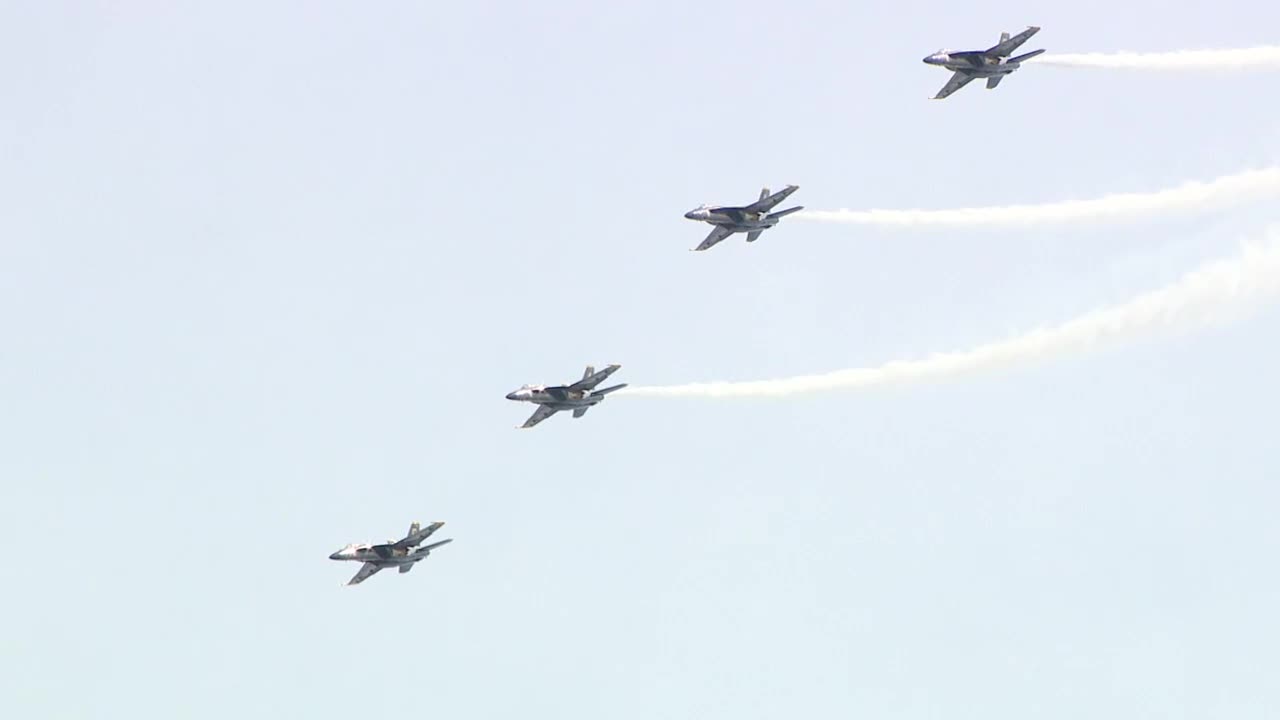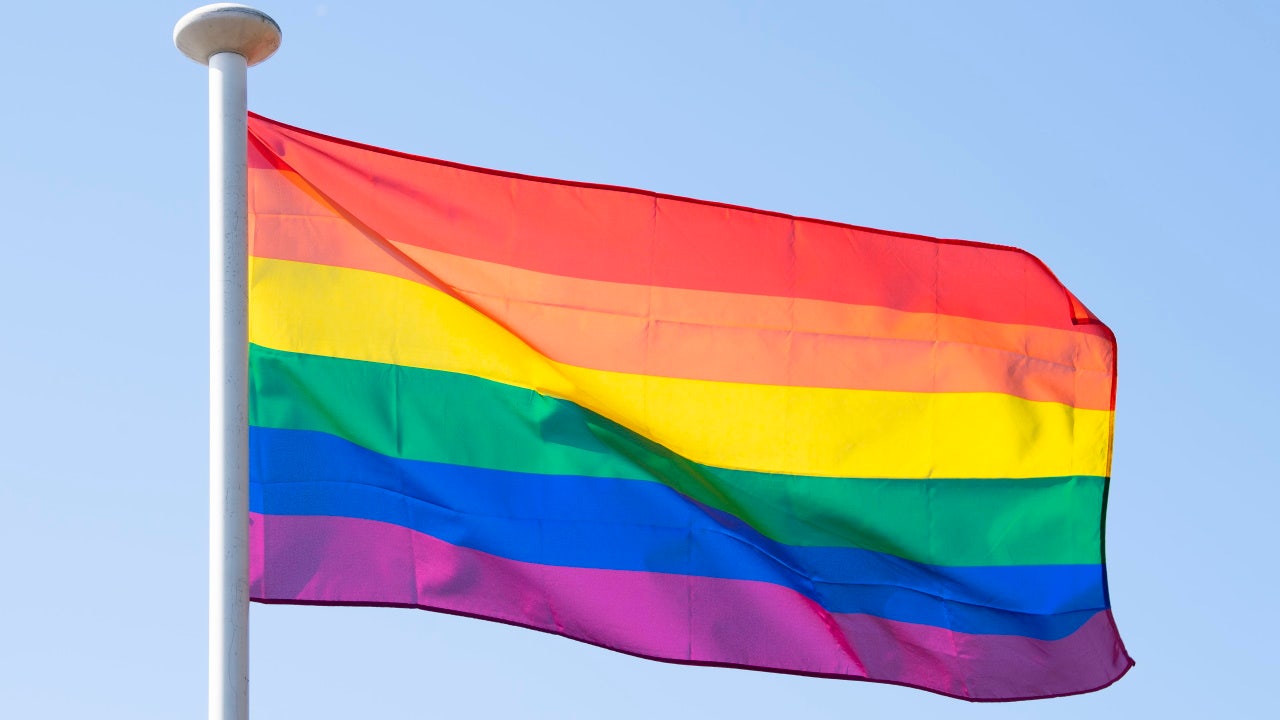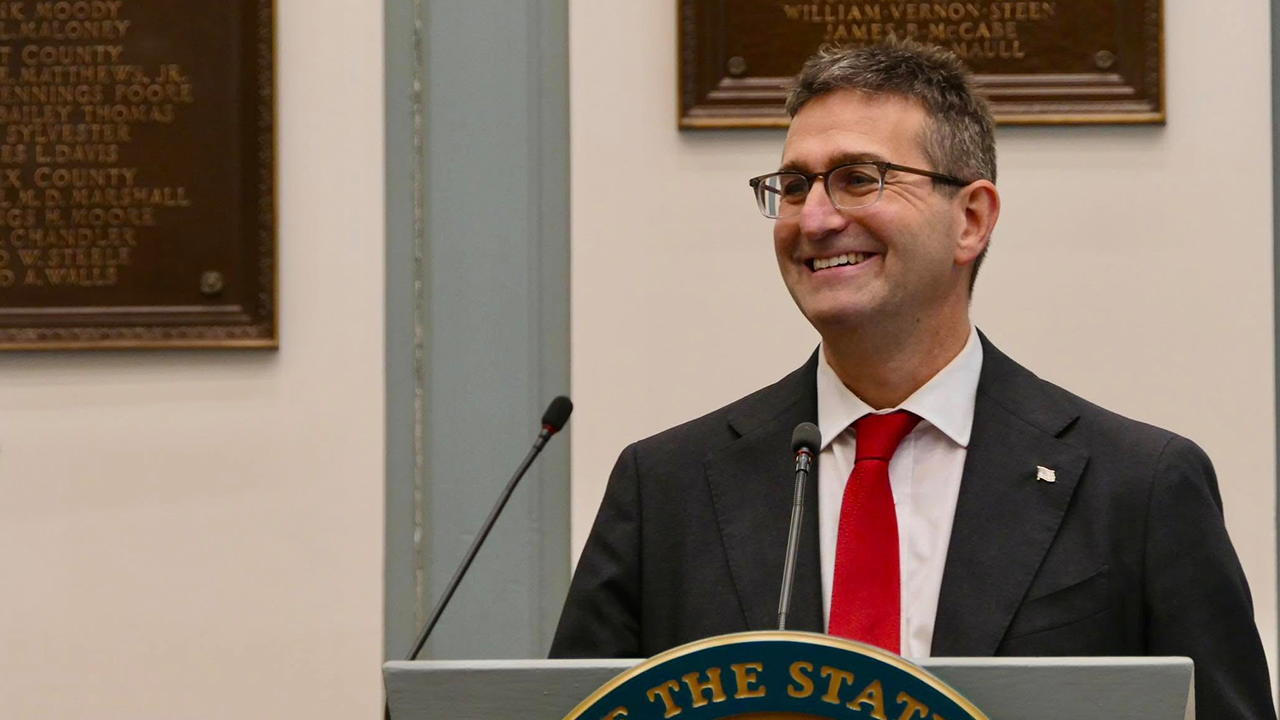Learning to surf often includes a teacher gently pushing a rider’s board with the swell of a forming wave, which is kind of what Hawaii’s Legislature did this year to help expand surfing as a public high school sport.
But whether enough schools catch this wave still may be, like surfing itself, challenging.
Lawmakers passed House Bill 133, which has the backing of Gov. Josh Green and would appropriate $685,870 in each of the next two fiscal years to help cover expenses for public high schools in regional athletic leagues that include surfing as an interscholastic sport, which is something that currently exists only on Maui.
Now the question is whether enough school principals will act to do so, assuming the bill becomes law as expected.
On Oahu, where about a dozen public schools have boys and girls club surfing teams with volunteer coaches and competitions, requests from at least eight school principals are needed to have the Oahu Interscholastic Association entertain such a change. But approval would take more than half of OIA’s 30 member schools.
“It’s not something that’s going to be done easily, and it’s not something that’s going to be taken lightly, because there are a lot of factors that have to be considered,” said Roosevelt High School Principal Sean Wong, who surfs but heads a school that does not have a
club surfing team.
In March, Wong attended a high school surf contest on Maui and found it to be a well-coordinated event that would take a lot of work to replicate in other leagues.
“It’s going to take a village,” he said.
Funding under HB 133 for coaches, bus transportation and equipment is expected to be a significant incentive. But some decision-makers have long harbored concerns that lean against the addition of surfing, including access to good surf, an inability to control surf conditions and even fear of shark attacks.
The Maui Interscholastic League is the only Hawaii athletic association where member schools have adopted surfing as an interscholastic sport. And achieving that wasn’t easy.
Kim Ball, a former Lahainaluna High School wrestling coach who has a chain of surf stores on Maui, said school surfing was at the club level for 19 years on Maui, including nine after the state Board of Education approved surfing as a league sport in 2004.
Regulations for surfing as a school sport, established by BOE in 2006 and modified in 2016, include ocean rescue training and other safety certifications for coaches, and junior lifeguard-level qualifications for students.
Ball recalls pitching Maui school administrators to add surfing as a high school sport for many years after 2004 to no avail.
“It’s just amazing how stubborn some people are,” he said, adding that there have been no major injuries since surfing became a league sport on Maui just over a decade ago.
In 2013, nine MIL schools elected to participate in surfing, and the first full season took place in 2014. Now 12 of the 15 MIL-member schools, a mix of public and private schools, participate.
If HB 133 becomes law, Maui public schools will receive some of the funding to help pay for coach salaries, transportation and equipment — the same expenses DOE helps cover for other sports using one pot that schools divvy up. Up to now, Maui public schools could use some of their general sports program funding to cover costs for surfing.
The special $685,870 appropriation for surfing during the next two fiscal years is based on an estimate of what it would cost to pay for coaches if all 43 Hawaii public high schools with league sports had surf teams.
Sometimes, adding new sports at schools comes with a risk of diluting funding for other sports, though DOE typically asks the
Legislature to cover such additions.
For instance, DOE earlier this year asked lawmakers to approve a $726,100 addition to sports funding in each of the next two fiscal years to pay for girls flag football. The budget bill passed by the Legislature includes such funding and is pending approval by Green.
Girls flag football got approved in 2024 as a new interscholastic sport that began this year under all five Hawaii school athletic associations, including the Interscholastic League of Honolulu for
private schools on Oahu.
Funding for the sport this year came from private sponsors, including the NFL, Seattle Seahawks, Nike, Hawaii Medical Service Association and Hawaii Dental Service.
Significant state government effort went into
making Hawaii the 12th state in the nation to make girls flag football an interscholastic high school sport, and it followed many years with club-level teams at some schools.
The more grassroots push for surfing arguably has been a longer one that is also deeply connected to Hawaii as the birthplace of surfing.
Legendary Native Hawaiian surfer and surfboard shaper Ben Aipa has been credited with first pushing to have surfing as a Hawaii school sport in 1969.
To some supporters today the status of surfing as a high school sport in Hawaii is appalling.
“We believe that all students in Hawaii should be offered the opportunity to compete in a sport, especially one that originated in Hawaii,” I. Meahilahila Kelling, director of the Kaneohe public charter school Ke Kula ‘o Samuel M. Kamakau, said in written testimony on the bill in April.
Jane McCallister, an English teacher and surf club adviser at Kaiser High School in Hawaii Kai, said in written testimony on HB 133 that her son had been on a surf team at a public middle school in California before they moved to Hawaii several years ago.
“When we moved to Hawaii, which is where surfing was born and is such an integral part of the culture, he was devastated to give up competing for his school team,” McCallister said. “Give the watermen and water women a chance to compete for their schools.”
Kekoa Cazimero, a 2007 Kaiser graduate who was on a Saint Louis School surf club team in middle school, said it’s crazy to him that surfing isn’t more of a widespread high school sport in Hawaii.
“How does the birthplace of surfing not have that?” he said Tuesday after a surf session at Sandy Beach.
Office of Hawaiian Affairs board trustees noted in written testimony on the bill that New York and the Carolinas have high school surfing leagues.
“It is past time for Hawaii to fully embrace the sport that originated in these islands,” OHA’s board said.
Sarah Fairchild, executive director of the Outrigger Duke Kahanamoku Foundation, said adding an ocean sport that is so popular in Hawaii to high schools statewide will help more kids academically because of grade requirements to participate, and improve water safety skills for participants
that benefit the broader community.
Fairchild believes funding in HB 133 gives surfing the best chance it’s ever had to not only expand, but to become a state high school championship sport, which would require participation from at least three of five athletic leagues.
“We really need the principals and the administrators of the different leagues to get on board,” she said,
“and put some enthusiasm around this and see how we can make it work.”

/cloudfront-us-east-1.images.arcpublishing.com/gray/TK67Q42F6BAEZEZ6QM5HKB7TXE.jpg)
